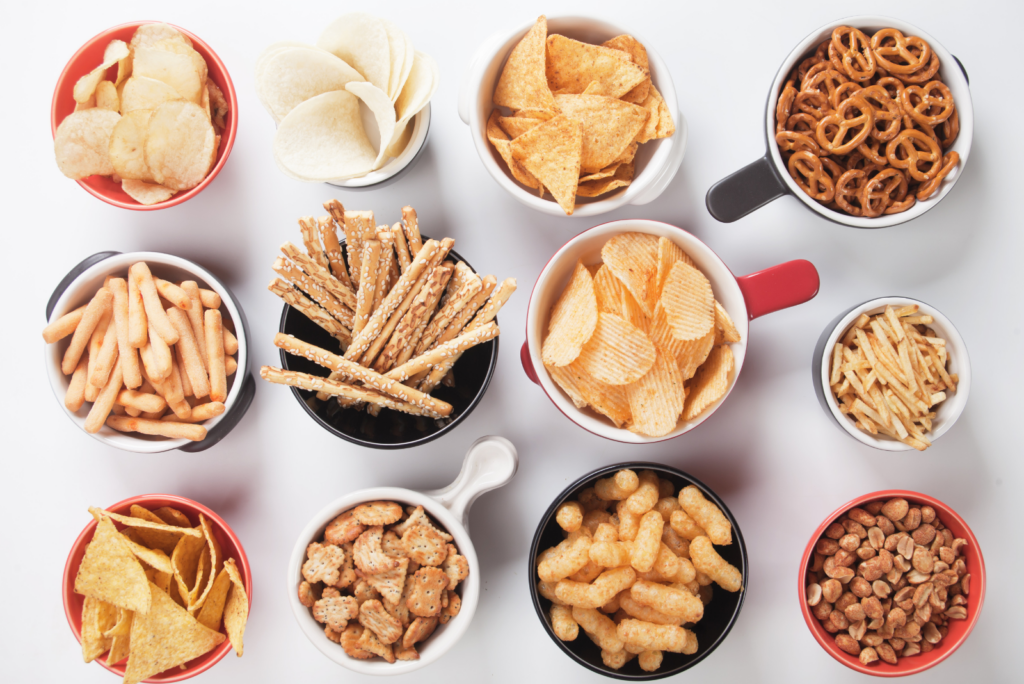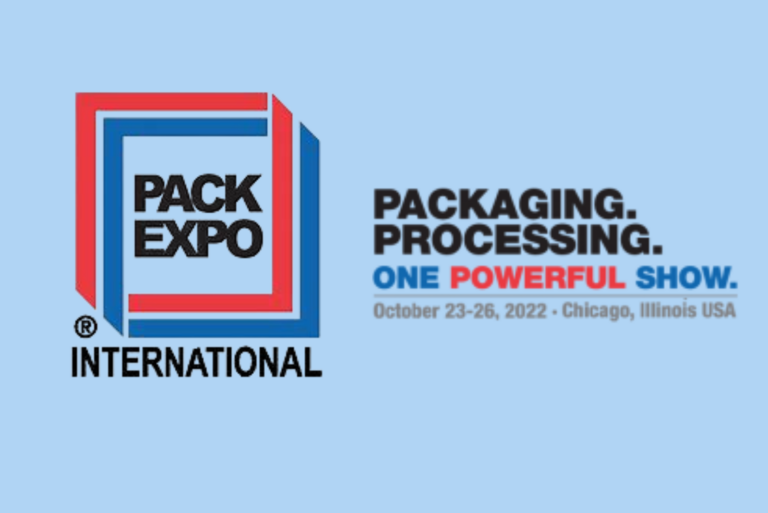LAS VEGAS — During a session on the Industry Speaks Stage at Pack Expo Las Vegas, held Sept. 11-13 at the Las Vegas Convention Center, David Walsh, VP of membership and communications at SNAC International, shared insights on the state of the snacking industry and its eruption across the US.
Currently, snacking and snack-adjacent sales total $186.4 billion in revenue and equal 27% of the food and beverage sales across the US.










